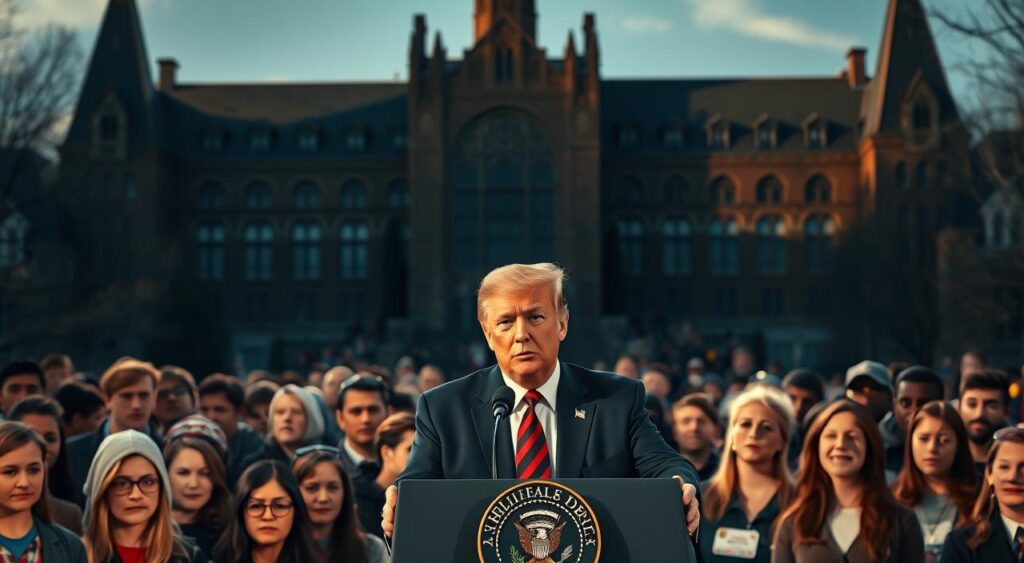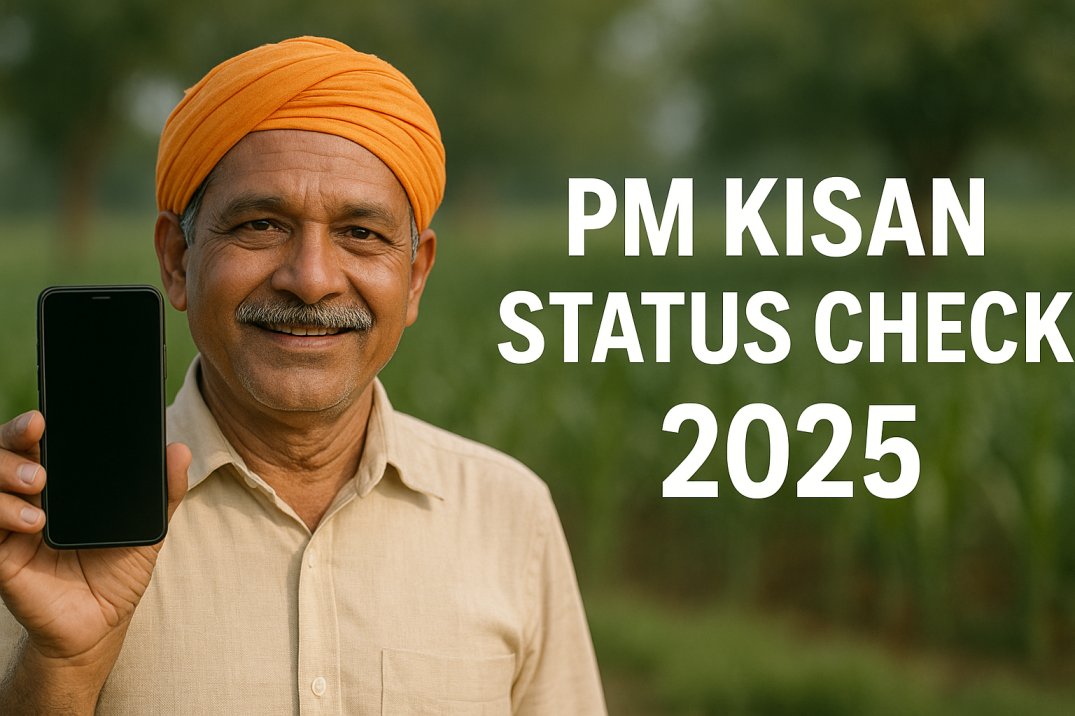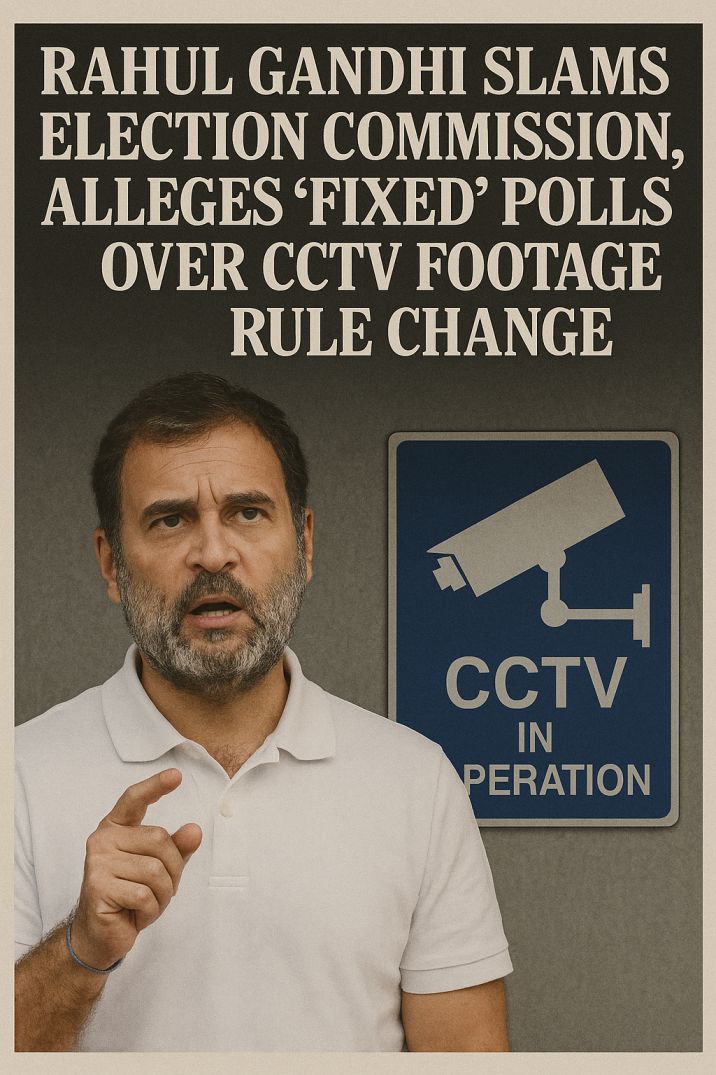
The Trump administration has made a big move. They want to stop Harvard from letting in foreign students. Judge Allison Burroughs has put a stop to this plan for now. This has started a big debate about the future of international students at Harvard.
Students and teachers at Harvard are very concerned. They worry about how this policy could change Harvard. They fear it could affect the school’s diversity and enrollment.
This fight between Harvard and the Trump administration shows how complex immigration laws can be. The future of international students at Harvard is uncertain. Everyone is watching to see what happens next.
The Background on Harvard’s Admissions Policies
It’s important to understand Harvard’s admissions policies to see the impact of recent legal battles. Harvard’s admissions process is complex and multifaceted.
Overview of Current Admissions Practices
Harvard reviews applications holistically, looking at grades, activities, and personal qualities. They also consider affirmative action to promote diversity.
The use of affirmative action is a big debate. Some say it helps diversity, while others worry about reverse discrimination. Harvard has faced legal challenges, including a Supreme Court case, as reported on Arkansas Online.
Historical Context of Affirmative Action
Affirmative action started with the Civil Rights Act of 1964. It aims to fix past inequalities by helping underrepresented groups. Harvard’s affirmative action fits into this larger history.
| Year | Event | Impact on Harvard Admissions |
|---|---|---|
| 1964 | Civil Rights Act | Initial implementation of affirmative action policies |
| 1978 | Regents of the University of California v. Bakke | Landmark Supreme Court case that shaped affirmative action policies |
| 2013 | Legal challenge to Harvard’s admissions policies | Increased scrutiny of affirmative action practices |
Previous Legal Challenges Faced by Harvard
Harvard has faced many legal battles over its admissions. One case involved claims of bias against Asian American applicants. Judge Allison Burroughs ruled in Harvard’s favor.
These legal battles show the complexity and controversy of affirmative action. Understanding Harvard’s admissions history is key to grasping recent developments.
Introduction to Judge Allison Burroughs
Judge Allison Burroughs has been a key figure in the legal fights over Harvard University’s admissions. Her rulings have greatly affected the debate on affirmative action.
As a federal judge, Burroughs has overseen many important cases involving Harvard. This makes her a vital player in the university’s legal battles.
Her Role in Harvard’s Legal Battles
Judge Burroughs has been directly involved in several key cases related to Harvard’s admissions practices. Her decisions have shaped the legal landscape and influenced the university’s policies.
Key Rulings Influenced by Burroughs
The following table summarizes some of the key rulings made by Judge Burroughs and their implications for higher education:
| Case | Ruling | Impact |
|---|---|---|
| Harvard Admissions Case | Decision in favor of Harvard’s affirmative action policies | Allowed Harvard to continue considering race in admissions |
| Student vs. Harvard | Ruling that Harvard’s admissions process was fair | Reinforced the legitimacy of Harvard’s admissions practices |
Impact of Judicial Decisions on Higher Education
Judge Burroughs’ rulings have far-reaching implications for higher education institutions across the United States. Her decisions have set important precedents regarding affirmative action and admissions policies.
By influencing the legal landscape, Judge Burroughs has played a critical role in shaping the future of diversity and inclusion in higher education.
Overview of Trump’s Education Policies
Trump’s education policies have moved towards more conservative views. This has raised worries among those who support liberal education. The plans could greatly affect places like Harvard.
Key Features of the Proposed Changes
The Trump administration wants to make big changes in education. Here are the main points:
- Reducing regulatory burdens: They aim to cut down on rules for schools. This would give them more freedom.
- Promoting school choice: Trump supports programs that let students go to different schools.
- Emphasizing vocational training: They think vocational training and career education are key.
Reactions from Educational Institutions
Schools are worried about the Trump administration’s plans. They fear it could harm diversity and inclusion.
Some worries include:
- Less diversity on campus, as affirmative action might change.
- Less oversight could hurt accountability.
- More school choice might hurt public schools.
Potential Implications for Affirmative Action
The Trump plans could change affirmative action a lot. This could affect diversity in schools.
Some possible effects are:
- Reduced diversity: Less affirmative action might mean less diversity.
- Increased litigation: Changes could lead to more legal fights as schools deal with new rules.
Analysis of Trump’s Plan and Its Objectives
To understand Trump’s plan, we need to look closely at its goals for educational equity. The plan has caused a lot of debate, with many people sharing their thoughts.
The Trump administration might block Harvard from admitting certain students. This has made people wonder why they’re doing this. Is it to change education, or is it for political reasons?
Examining the Motivations Behind the Proposal
The reasons for Trump’s plan are complex. It could be to fix the education system. Or, it might be a political move.
Key factors influencing the proposal include:
- Political considerations within the Trump administration
- Concerns over educational equity and access
- Potential impact on Harvard’s admissions policies
Political Ramifications for Trump’s Administration
The plan could hurt Trump’s political standing. Critics say it divides people, losing some voters.
The administration’s response to the backlash will be key to the plan’s future.
Public Opinion and Perception of Educational Equity
People have mixed feelings about the plan. Some think it’s needed for fairness in education. Others fear it could harm diversity in schools.
How people see educational equity matters a lot in this debate. As things develop, knowing public opinion is essential.
The Effects of Policy Changes on Student Enrollment
The Trump administration’s new education policies might change Harvard’s student numbers a lot. These changes worry teachers and students, mainly about how they’ll affect minority students.
Implications for Minority Students
The new policies could hit minority students hard. Studies show affirmative action is key for diversity in schools. Changes to these policies might lower minority student numbers at Harvard.
Judge Allison Burroughs has made big decisions on affirmative action. Her work is important for understanding the Trump policies’ effects.
Projected Trends in Enrollment Rates
Experts think minority student numbers might drop if the policies stick. This could be because the new rules seem to block admission.
How much this affects student numbers will depend on Harvard’s actions.
Case Studies of Similar Policy Changes
Looking at other places with similar policies can teach us a lot. For example, states with these policies have seen different effects on student numbers.
By studying these examples, we can guess how the Trump policies might affect Harvard’s student numbers in the long run.
Harvard’s Response to Legal Challenges
Harvard is taking a strong stance against the Trump administration’s plan. The university is working hard to keep its doors open to all. It’s ready to face any legal hurdles that come its way.
Statements from Harvard Administration
The Harvard team has spoken out against the Trump administration’s plan. They’ve shown their commitment to diversity and inclusion. They believe a diverse student body is key to a great learning environment.
As reported by Ghanamma, Harvard is taking action. They’re not just talking about it; they’re doing something about it.
Harvard is dedicated to keeping its admissions fair and open. They’ve made it clear they won’t let diversity slip.
Strategic Actions to Maintain Diversity
Harvard is not just talking; they’re taking steps to keep diversity alive. They’re looking at their admissions policies to make sure they’re strong and legal.
| Strategic Action | Description | Objective |
|---|---|---|
| Policy Review | Comprehensive review of current admissions policies | Ensure compliance with legal standards |
| Diversity Initiatives | Implementation of new initiatives to enhance diversity | Increase representation of underrepresented groups |
| Community Engagement | Outreach programs to engage with alumni and community stakeholders | Foster support and understanding of Harvard’s diversity goals |
Engagement with Alumni and Community Stakeholders
Harvard is reaching out to alumni and the community. They know these groups are important. They want to build a strong support network to face legal challenges.
Harvard is tackling the Trump administration’s plan head-on. By staying true to diversity and inclusion, they’re ready for whatever comes next.
The Broader Impact on Higher Education Institutions
The Trump administration’s plan to change affirmative action policies has started a big debate in higher education. Schools across the country are thinking about what this could mean for them.
Reactions from Other Ivy League Schools
Ivy League schools are watching the Trump administration’s plan closely. Universities like Yale and Princeton are worried about how it might affect diversity and inclusion.
A survey of Ivy League schools shows they all agree on one thing: keeping student bodies diverse is key. Here’s what different schools are saying:
| Ivy League School | Reaction to Trump’s Plan |
|---|---|
| Harvard | Strongly opposes the plan, citing concerns about diversity |
| Yale | Expresses concern about the impact on inclusion |
| Princeton | Voices opposition, highlighting the value of diversity |
Potential Changes in Admissions Across the Nation
The Trump administration’s plan could change how universities admit students. Universities might have to change their ways to keep their student bodies diverse, even with legal challenges.
Some schools are looking at new ways to ensure diversity. For example, they might focus on students from different economic backgrounds. This could help create a more inclusive campus.
Long-term Consequences for Academic Diversity
The future of diversity in higher education is uncertain with the Trump administration’s plan. Experts think less affirmative action could mean fewer diverse students at top universities.
To fight this, schools might use new methods like holistic admissions or special recruitment plans. How they adapt will shape the future of diversity in education.
Conclusion: Future of Diversity in Higher Education
The ongoing legal battles and policy developments will greatly affect diversity in higher education. Judge Allison Burroughs’ work has been key in shaping the legal side of affirmative action.
Legal Battles and Diversity
The results of these legal challenges will shape diversity efforts in schools. Harvard’s response to these issues and its diversity strategies will be watched by others.
Education Reform Considerations
Future policies must balance diversity goals with equal access to education. Reform efforts should think about how policy changes affect student numbers and diversity.
Advocacy’s Role
Advocacy groups are vital in shaping education reform and promoting diversity. Their work ensures places like Harvard stay diverse and welcoming.
As higher education changes, diversity, equity, and inclusion will stay important. The future of diversity will be influenced by legal decisions, policy changes, and advocacy.





























































